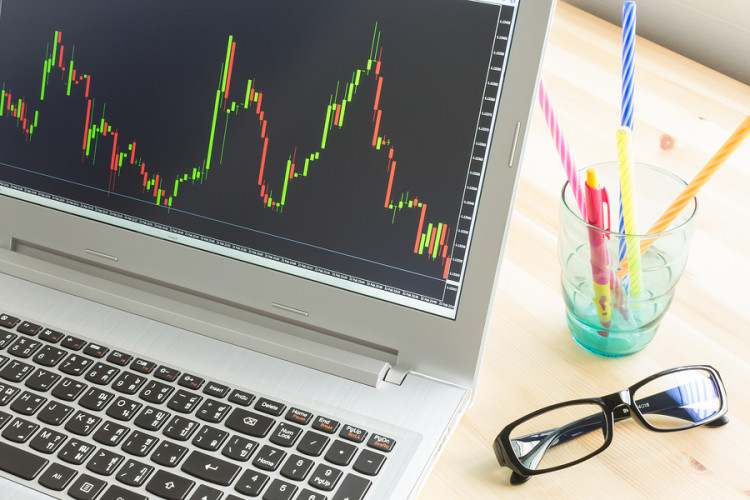There’s a Better Way to Make Economic Forecasts: Mark Buchanan

(Bloomberg View) —Economists are famously bad at predicting growth. A new technique might help them get a little better.
When assessing a country’s potential to prosper, economists typically look at aggregate measures such as education, investment or national debt. This hasn’t worked particularly well: China’s economy, for example, has kept growing at a fast pace even though they’ve been predicting a slowdown for nearly 30 years.
An emerging line of research — which I’ve written about before — points to what the economists might be undervaluing: the importance of a country’s technological and industrial capabilities. The research focuses on “economic fitness,” a measure that seeks to capture the range and sophistication of the goods a country produces. Two years ago, for example, it suggested that China would keep growing rather than succumb to a much-predicted “hard landing” — a forecast that proved correct.
New research has demonstrated that the “fitness” technique systematically outperforms standard methods, despite requiring much less data. This has helped attract the interest of the International Monetary Fund and the World Bank’s International Finance Corporation, signalling what could be a major shift in perspective. Instead of encouraging countries to focus on those areas where they have a comparative advantage, economists might start seeing an economy as more like a living ecosystem, its resilience dependent on its diversity.
So how can “fitness” be measured? Building on earlier research, physicist Luciano Pietronero and colleagues estimate it by assigning a value to each of a country’s exports and adding them all up. The more different things a country produces, and the more complex those things are, the greater its fitness — and one indication of a product’s complexity is how few countries can successfully make it. Advanced nations such as Germany and the U.S., for example, make just about everything, from breakfast cereal to supercomputers. Less fit nations tend to make fewer, simpler things.
Empirically, fitness tends to be roughly correlated to measures of wealth such as gross domestic product per capita, but deviations carry hidden information that can be used to make forecasts. If a nation is poorer in GDP terms than its fitness score suggests, one might expect it to soon get richer. This has proven true especially for relatively advanced nations that have become capable of producing many sophisticated products: The capacity shows up in the fitness measure even before it affects GDP. China, Vietnam and India, for example, all look poised for growth.
The fitness measure can also help differentiate among nations that might otherwise appear similar. Consider the case of the BRICs — Brazil, Russia, India and China. As early as 2005, four years after Goldman Sachs started its BRIC fund on the premise that the four countries would dominate global growth for the next several decades, the fitness measure would have suggested that the first two were headed for trouble. (Of course, Goldman couldn’t have known this — the measure didn’t exist until 2012.) Goldman closed the fund in 2015 after suffering consistent losses linked directly to the poor performance of Brazil and Russia.
Pietronero and his colleagues are now extending the method to include “fitness added” — the difference in score between a country’s exports and its imports. Here, too, China stands out: Its added fitness ranks among the highest in the world. Only a decade ago, it was still far behind nations such as Germany and the U.S.
So looking for crude correlations among dozens of inputs might not be the best way to predict growth. The quality and variety of what a country makes, however it manages to do so, appears to matter more. Economies, like ecosystems, thrive on diversity.
This column does not necessarily reflect the opinion of the editorial board or Bloomberg LP and its owners.



No Comment